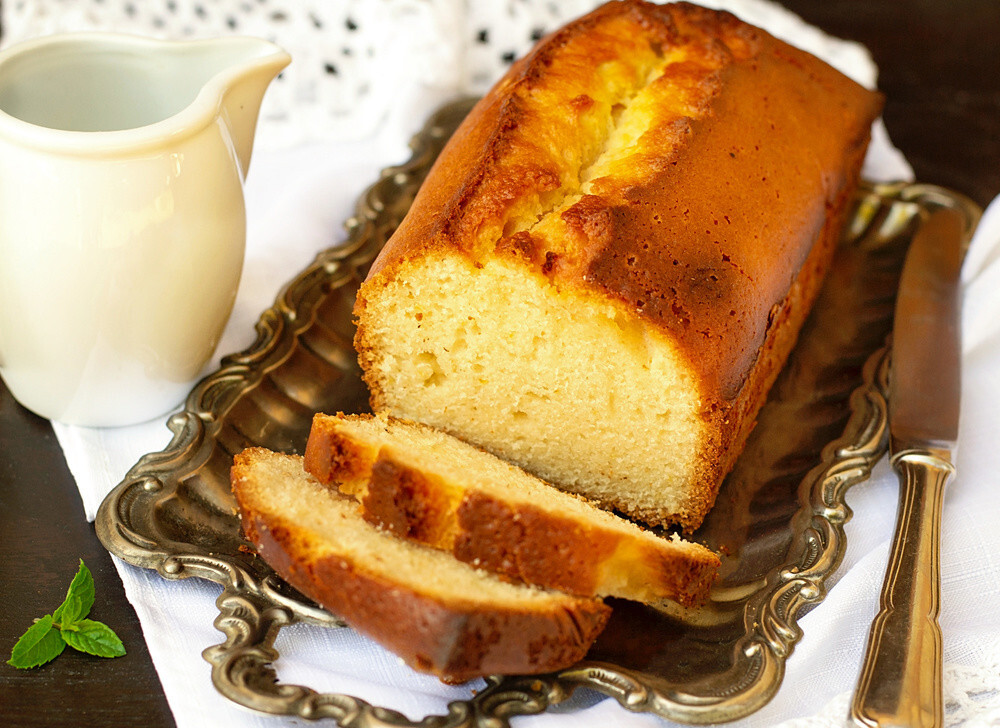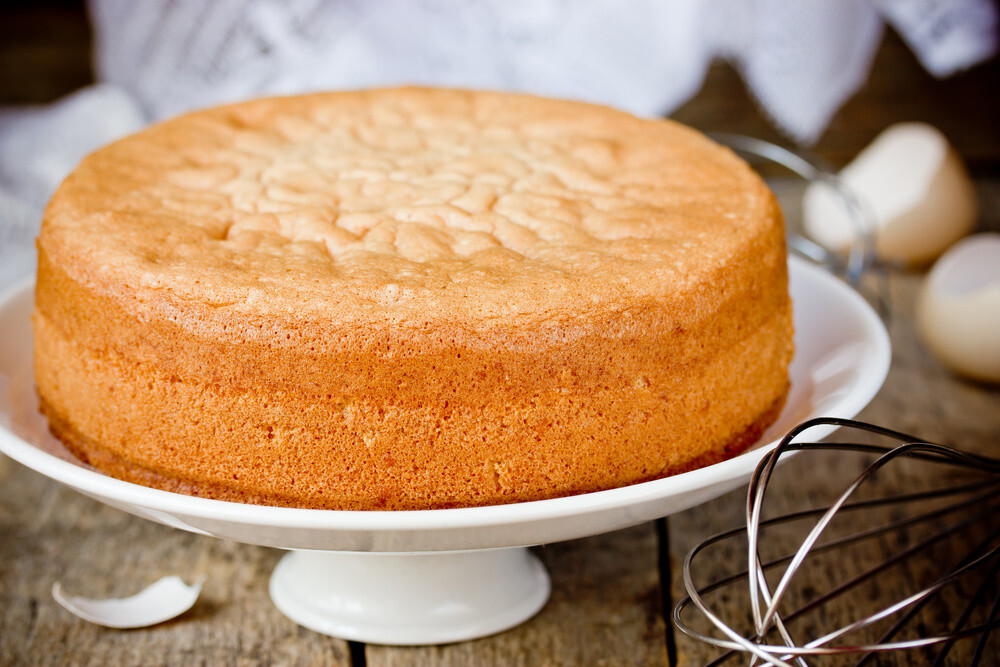As a Baker, we found that cakes are the richest and sweetened bake Products in Baking Food. The reason is to use high fat and sugar in Cake making either form of sheet cakes or wedding cakes. Although cake needs extra care like bread hence cake making is much easier than other baked products. Proper knowledge of using accurately scaled ingredients, well-balanced formula, mixing procedure could be enough to create a structure that supports used ingredients in cake making to assure its lightness and delicacy of as possible. Cakes always occupied a big area of our hearts not just for their richness and sweetness but also their versatility. Variety of filling, icing gives us access to play with it like painting on canvas.
Many of us, new baker or experienced baker want to bake a perfect cake at home as well as workplace need to know some fundamentals prior to baking cakes. First of all, the most important for a high-quality cake is to select high-quality ingredients but only high-quality ingredients cannot get the bull’s eye. Secondly, Improper Mixing can make you unhappy because slight errors in mixing affect cake texture and volume. There are two Categories of cake we found in Modern bakery as High-Fat or Shortened Cake like pound cake, butter cake, mud cake, brownie,
and Low-Fat or Foam type Cake like Genoese cake, angel food cake, Chiffon cake, etc. Depending on them the mixing process is developed. 
The creaming method, one stage, and two-stage method, flour better method is for High Fat or Shortened Cake mixing procedure and Genoese cake method, angel food method, flour better method for foam type cake mixing procedure. Homogeneous mixing of combining ingredients is in priority.
The third most important issue is air generation in cake making is called Forming Air-Cells, which directly affects cake texture and leavening. A fine smooth texture comes from small and uniform air-cells. On the other hand, larger air-cells give course cake texture. If the chemical leavening agent is not used then these Air-cells provide the leavening of cake and volume. The temperature of ingredients also affects air-cell formation. Cold ingredients cannot generate uniform air-cell; side by side warm ingredients is too soft. Granulated sugar instead of confectionary sugar is the better option for air-cell formation. Mixing speed should be medium for high-fat cake mixing procedure. Please keep in mind foam type cake requires slightly warm ingredients and high-speed mixing cause eggs and sugar (about 38⁰C or 100⁰F) is the agent of air-cell formation.
The developing texture of the cake depends on uniform mixing of ingredients and proper air-cell formation. There is another issue we must need to know is gluten development. Gluten development happens if we use strong flour and over-mix after adding flour. Most of the cake requires less strong flour except pound cake or fruit cake. Sometimes we add cornflour instead of part strong flour to diminish the gluten percentage of flour.
Pan preparation and Baking are other important matters for baking cakes. Smaller the cake needs high temperature and larger the cake needs low temperature. We should bake cupcakes or smaller cakes like cupcakes at about 200⁰C or 392⁰F and loaf cake at about 175⁰C or 350⁰F or sheet cake and squire cake about 180⁰C or 360⁰F. For Foam Type cakes baking about 190⁰C or 375⁰F is a much better option.
High-fat cakes shrink slightly from the side so better timing to remove from the pan is within 5 to 10 minutes on a cooling rack. But sheet cakes turn out after 15 minutes of removing from oven and then for final cooling turn again on a cooling rack while slightly warm.
There are some Common Cake Faults and Their Causes listed below:
| Cake Faults | Causes of Fault |
| VOLUME AND SHAPE | Poor volume because too little flour |
| Because of use too much liquid | |
| Too little leavening affects | |
| too hot Oven | |
| Uneven shape Improper mixing | |
| Because of Batter spread unevenly | |
| Uneven oven heat effects | |
| Oven racks not level | |
| Cake pans warped | |
| CRUST | Too dark just because using Too much sugar |
| Oven overheated | |
| Too light color because of Too little sugar | |
| Oven not hot enough | |
| Burst or cracked Too much flour or flour too strong | |
| Too little liquid | |
| Improper mixing | |
| Too much milk or milk powder adding | |
| Soggy Under baked | |
| Cooling in pans or with not enough ventilation | |
| Wrapping before cool | |
| TEXTURE | Dense or heavy Too little leavening |
| Too much liquid | |
| Too much sugar | |
| Too much shortening | |
| Oven not hot enough | |
| Coarse or irregular Too much leavening | |
| Too little egg | |
| Improper mixing | |
| Crumbly Too much leavening | |
| Too much shortening | |
| Too much sugar | |
| Wrong kind of flour | |
| Improper mixing | |
| Tough Flour too strong | |
| Too much flour | |
| Too little sugar or shortening | |
| Over mixing | |
| POOR FLAVOR | Poor-quality ingredients |
| Poor storage or sanitation | |
| Unbalanced formula |






